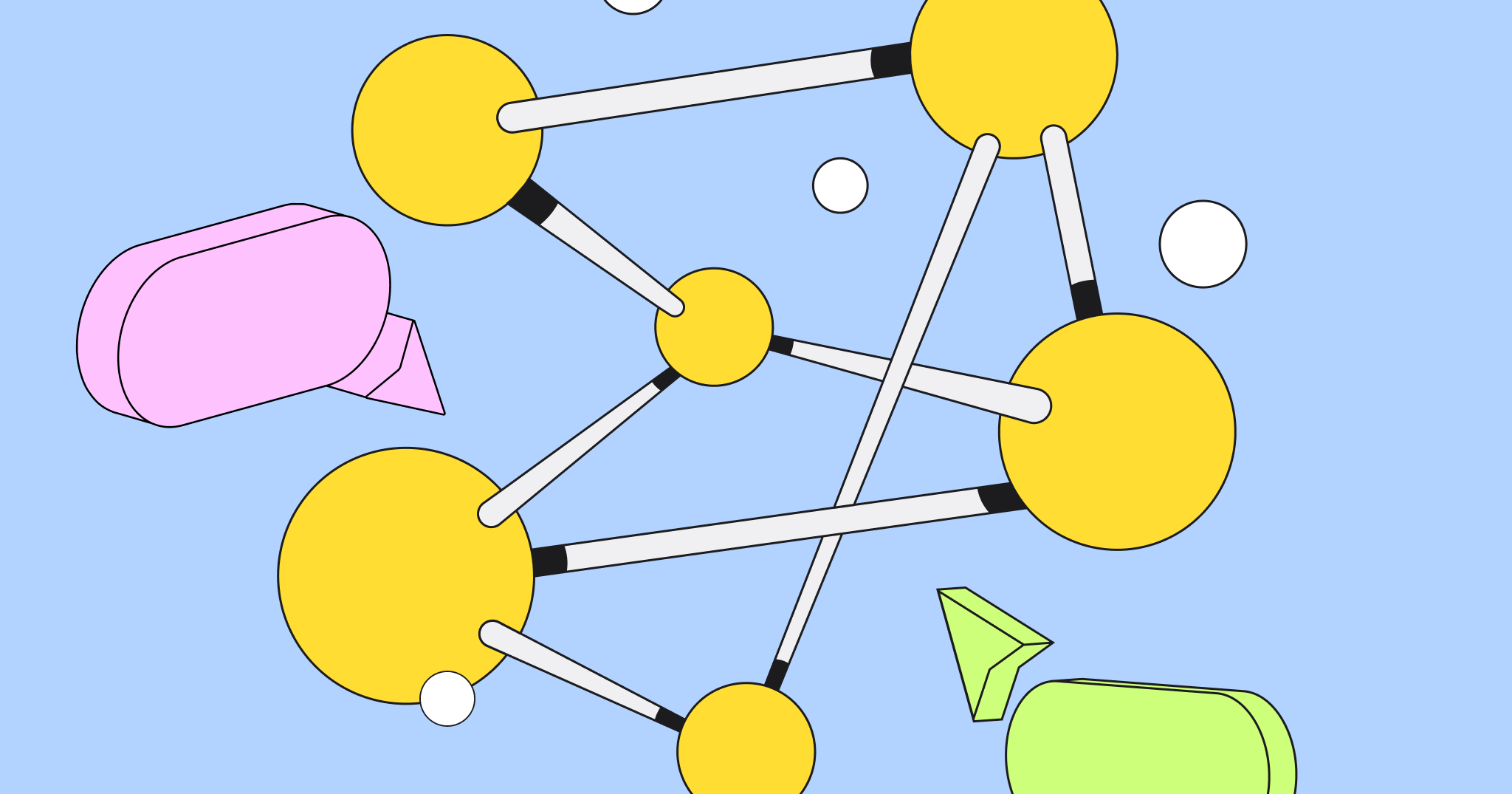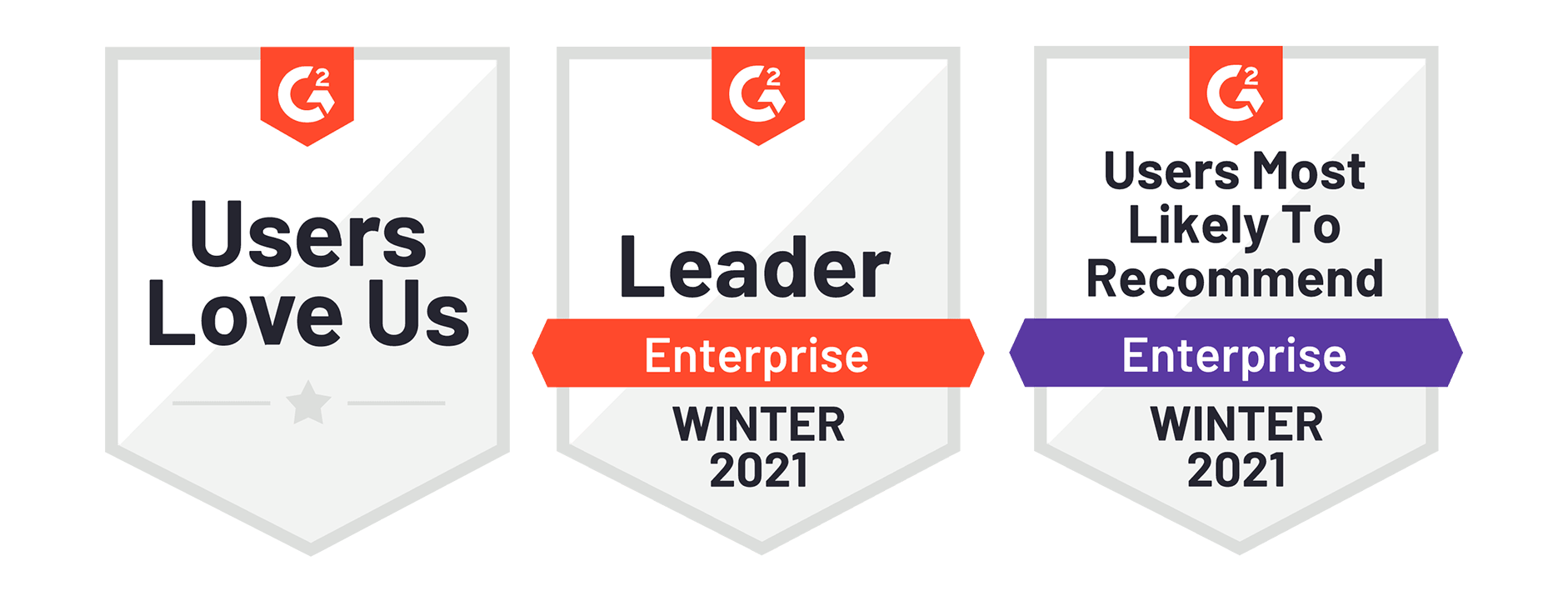The shift to remote work has disrupted many traditional organizational processes and company cultures. Too many of our day-to-day activities are quite challenging to replicate virtually. Now, shoulder tapping and meetings have become even more of a burden, and it seems more difficult to keep employees feeling happy, appreciated, and engaged with their work and colleagues.
The struggle is real. And over the past year, waves of realization that these important issues need to be addressed have reached a fever pitch—and they continue to pose real challenges to company culture and innovation.
During our Building Engaged Teams for a Better 2021 webinar, we brought together top customers from GE Healthcare, Cisco, and Amplitude to explore best practices that modern leaders are adopting to help keep their workplace healthier while reaching organizational goals.
1. Create safe and trusting spaces
Trust is hard-earned but easily lost. A simple deduction from this popular sentiment is that leaders need to work hard to earn trust among their employees and protect that trust with great care. We’ve identified a few ways that leaders can take steps toward gaining the trust of their teams.
Be genuine and transparent. It sounds so easy, but as companies grow and become more siloed, building and keeping trust can be difficult. Especially when you cannot have true face time with employees, it’s critical to be very intentional about your communications, allow yourself to be accessible, and be honest. Being genuine is a simple yet important way to build relationships with colleagues.
When you’re yourself, it helps build trust. I think a lot of us can just detect BS, right? As a leader I just go with how I am.

Encourage people to own failure. At GE Healthcare, there’s a concept called “embrace the red.” Instead of brushing past negative results, they push employees to call them out and take accountability. This allows people to ask for help, get feedback, and improve. To make it work, senior leaders must embrace failure and demonstrate this type of encouragement.
Embrace diversity and inclusion. Diversity manifests in better products. And bringing together people from a range of backgrounds, experiences, and perspectives may seem challenging, but studies show that companies that embrace diversity innovate and perform at higher levels.
Yes, it’s hard when you have a team with different thinking styles to gel initially or become efficient—but the end product is so much better.

2. Put employees above productivity
For more reasons than we can cover in this article, burnout is a key concern for many organizational leaders. According to our recent study, one-third of survey respondents say their mental health declined since the shift to remote work. Employees now have more pressure than ever to juggle their work with caring for and educating children and family members.
And yet, one thing that is proven to drive up productivity is happy employees. As John Cutler noted, some organizations have seen their productivity skyrocket since the shift to remote work. But their workers are flailing. The best leaders know when to pump the brakes and focus on the lifeblood of their organization: the people.
Companies that saw potential for burnout and put on the brakes are doing a ton better than the companies that in the early days were amazed they were being so productive.

David O’Malley encourages leaders to look at their teams as individuals with individual needs. People can really benefit from the space to recognize what they need to recover, and it’s not the same for everyone. He compares it to looking at Agile story points—the complexity and time commitment required is different depending on the team. It’s the same for individuals. The recovery from periods of burnout-inducing work experiences is what brings you back and allows you to recoup and get ready for the next push.
The consensus on this topic is clear: healthy work environments demand leaders who encourage people to take breaks, take vacations, limit meetings—and managers who lead by example. Good leaders help protect their employees’ time. Not all work requires a meeting. Challenge people to make space for themselves and find ways to work independently while still being collaborative. Doan Thai points out that frequently people give off signals if they are tired or stressed. It’s crucial to tune into those signals and offer support.
3. Democratize innovation
Innovation is born from connecting pockets of knowledge—by nature, it is not centralized. This kind of cross-organization collaboration is critical to cultivate. David O’Malley put a point on this sentiment as he discussed the importance of avoiding an “ivory tower” dynamic—one in which leadership is set apart from the rest of the team to make decisions and come up with solutions. Rather, leadership needs to raise up the voices of their employees at all levels to breed innovation—through engagement and collaboration.
You can boil innovation down to one thing: there is no ivory tower; everyone can contribute.

He explained that you could only do that by creating a culture and employing the proper mechanisms to level the playing field so people from all levels and backgrounds can contribute to the conversation and bring their unique perspectives. Doan sees the same thing at Cisco, calling out how intertwined innovation and collaboration truly are. You can’t innovate in a vacuum, so by design, the company has to be collaborative.
Our ability to innovate and transform is tied to our ability to work together as a team and grow together.

Too often, innovation is treated as a “pet project” as part of a circumscribed initiative. But truly, it’s about the continuous integration of ideas across the organization that allows innovation to become operationalized and create value for the entire company.
Taking engagement to the next level
It’s up to you to find the best way to bring your employees together, give each of them a voice, and encourage radical collaboration and innovation. There is no prescribed way to empower your team to create the next best thing … but we’d like to think Miro can help. Miro can be your sandbox, your playground, your center of communications, whether they be wild doodles on a whiteboard or brilliant ideas on sticky notes.
A tool is a tool at the end of the day, but how you incorporate it into your daily life and create opportunity for creativity and collaboration—that’s the beauty of it.

Jumpstart your team collaboration today with one of Miro’s pre-built team-building templates.
Read the study: a year of remote work





